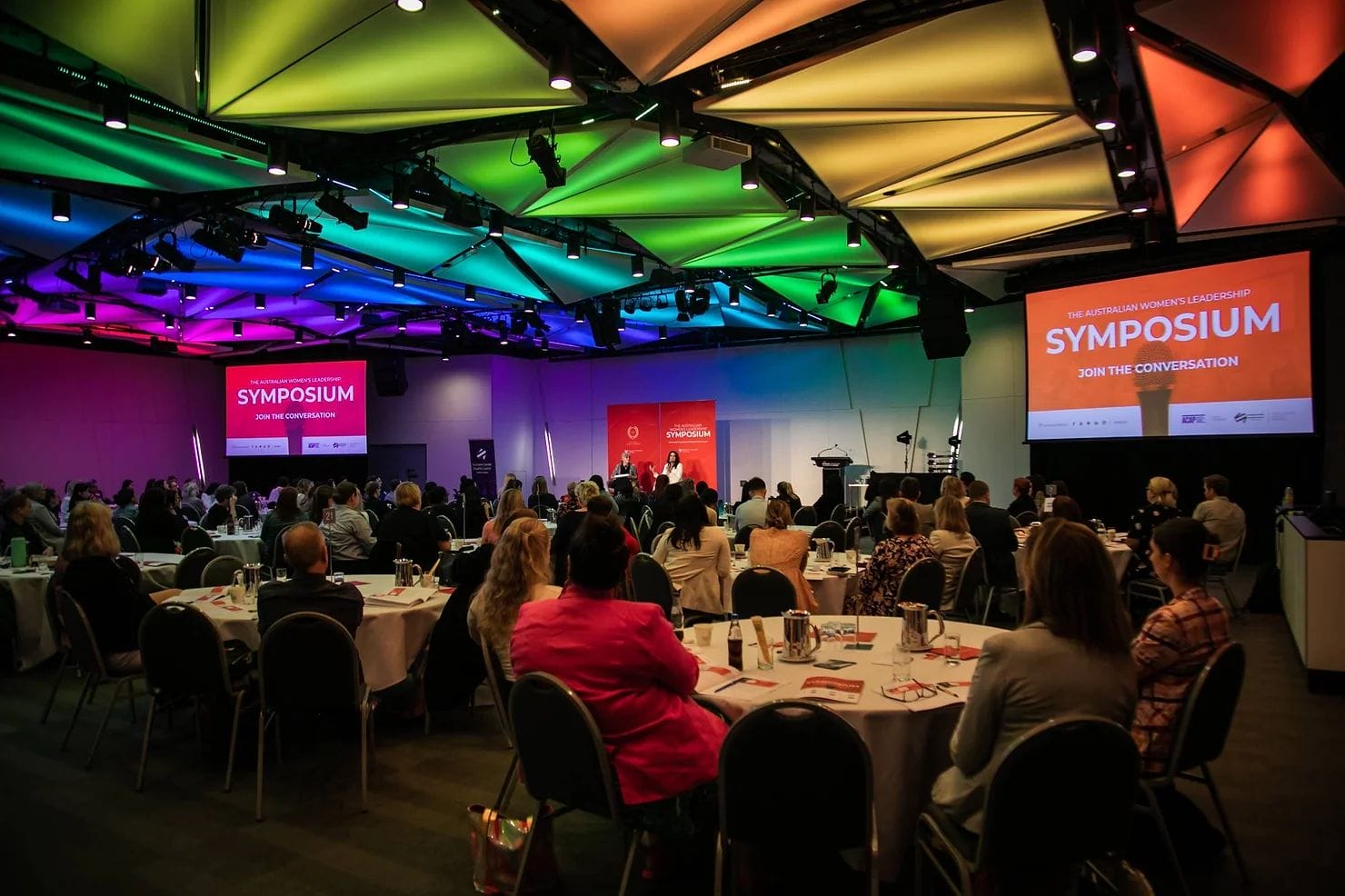A group of passionate John Deere employees who are inspired to make change has gathered at our Women’s Leadership Symposium to further engage and develop knowledge of diversity, equity, and inclusion.In this guest article, Camilla Kelly, Head of People and Culture at John Deere Australia/New Zealand, who has led that DEI journey, shares her insights and tips for navigating this important work.
As human beings, we often aren’t comfortable admitting we have unconscious biases, let alone taking active steps to address them. When I joined John Deere and kickstarted our diversity, equity, and inclusion (DEI) journey, I told the leadership team that we needed to get comfortable with being uncomfortable.
DEI is multi-layered, requiring time, dedication, and a holistic approach to fully understand its complexities. It can challenge deeply held beliefs and raise difficult questions. It’s not about checkboxes or quotas, but rather it’s interwoven in everything we do and everything we want to be.
Given this intricacy, it can be helpful to use change management models to more clearly lay out the journey that staff needs to embark upon. One model I’ve found particularly useful is the Prosci ADKAR Model – an acronym for the five stages of achieving change:
- Awareness of the need for change
- Desire to participate and support the change
- Knowledge of how to change
- Ability to implement desired skills and behaviours
- Reinforcement to sustain the change
Where to start? Awareness and desire
I see many organisations try to move into the knowledge or ability stages straight away, and they miss laying the crucial groundwork. The first step on our journey was the launch of the ANZ Diversity Council, led by the executive leadership team, to commence a journey of learning before implementing any initiatives within the organisation.
During this “awareness” stage, I encouraged the senior leaders to do their own research and share that with the group, to really engage with the topic and develop a comprehensive understanding. They committed the time and energy to grow knowledge – not just talk. The more they discovered, the more curious they became, which naturally led them to the second phase – the “desire” to make a change. This is the ‘why’ we invest time and energy into DEI.
It’s important in this stage to emphasise the business case for DEI, using statistics and practical examples to highlight its importance. Link DEI to your business strategy, values, and customers or partners. The bottom line is if people don’t feel comfortable in the workplace, they won’t be working to their full potential. As a smart industrial company, innovation is one of our key values and we need both diverse talent and an inclusive culture to develop this competitive advantage.
The benefits: Knowledge
Having a variety of different perspectives and leadership styles not only makes for a more inclusive culture but also opens up greater avenues for problem-solving and innovation. Increasing diversity in leadership roles also encourages more ambition within an organisation, because you can’t aspire to something you can’t see.
Senior leaders and middle managers realised these benefits pretty quickly, and once that desire for change was reinforced, we moved onto the “knowledge-building” phase. This is where it’s crucial to involve the entire company because you need to hear the first-hand experiences of people from different backgrounds to better understand them.
During this stage, we held close-knit DEI discussion groups where leaders were given the opportunity to step up, grow in this space, and lead.
Recognizing progress: Ability and reinforcement
Being close to the ground and hearing conversations is the best way to gauge the progress of your organisation. We’ve also updated policies, talent selection criteria, and workplace practices, including introducing industry-leading gender-neutral parental leave. Additional focus has been on, developing leadership capabilities, and implementing DEI frameworks that empower everyone to lead initiatives that move the needle on DEI.
Knowledge is key to moving into the “ability” phase where staff can effectively empower change, and eventually progressing to “reinforcement” where they sustain that change into the future. Our current focus is on Inclusive Leadership and removing barriers.
It’s important to not rush this journey. We acknowledge those who are advocates for DEI and ensure everyone is accountable for their unique contribution to DEI. I have learned to lead from the front and the back, responding to and adjusting initiatives to the different stages of where organisation is at.
Fostering genuine, sustained diversity in the workplace takes many years and a genuine heartfelt commitment from all staff. It’s important that business leaders take charge of this DEI journey and stand out in front to lead and empower other staff to follow. Building the capability of managers is key to the ongoing leadership framework at John Deere.
We will continue to build on our core values of integrity, innovation, commitment, and quality as we move through the DEI journey.
As Verna Myers beautifully put it, “Diversity is being invited to the party; inclusion is being asked to dance.”

You can learn more about John Deere’s commitment to DEI by visiting their website.
The Australian Women’s Leadership Symposium

Book a table for your leadership team or staff group, it’s the must-attend event for leaders of all genders dedicated to driving equity and inclusion in workplaces and beyond. Find out more
